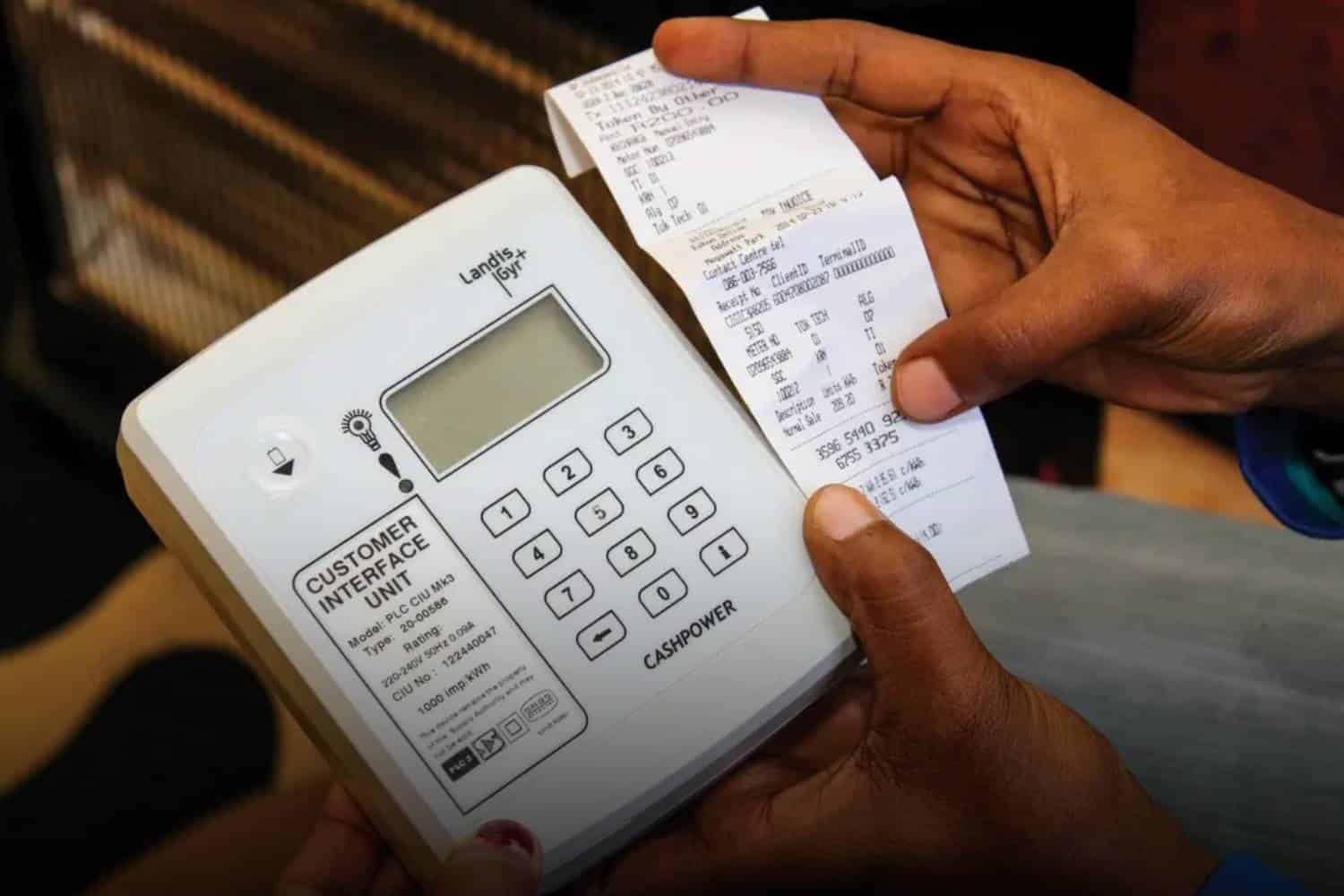Eskom has officially increased electricity prices for its residential customers by an average of 12.74% starting today, 1 April 2025.
Eskom implements 12.74% tariff increase
This change forms part of the utility’s new 2025/26 pricing structure, which has been approved by the energy regulator, NERSA.
The impact of the increase will vary depending on the tariff type each household is on.
Eskom uses three main categories for homes: Homelight, Homepower, and Homeflex. These depend on your energy needs, the type of meter you use, and whether or not you have solar power.
For most low-income homes using the Homelight 20A tariff with a prepaid meter, electricity has gone up by 13.6% for users who consume less than 350 kWh of power a month.
Households using the Homelight 60A option face an 18.3% increase for the same category.
However, users who consume more electricity—above the older capped limits—may actually see a drop in price due to a shift to flat-rate billing, no longer separated by how much energy you use.
Middle- to high-income households on the Homepower 4 tariff will see a 9.5% increase in energy costs if they use under 600 kWh a month.
But those who use more than that will benefit from a 31.9% drop per unit.
Still, fixed monthly charges on these tariffs have increased by a massive 88%, meaning even if you use very little electricity, your bill will still be much higher.
Homeflex customers, who use smart time-of-use meters (often with solar or battery storage), are hit with sharp increases in peak-time rates, including a 64% hike in summer peak periods and 15.5% for winter peaks.
Off-peak and standard rates have also risen dramatically, meaning timing your electricity use is now more important than ever.
Here’s how many units R100 gets you
With the new rates now in effect, South Africans are understandably asking how far their money will stretch.
On the Homelight 20A tariff—the most common prepaid option for low-income households—the new rate is about R2.16 per kilowatt-hour (kWh).
This means that R100 will buy just over 46 units of electricity (kWh).
Before the increase, R100 would have bought around 52 units, depending on previous pricing tiers and usage history.
It’s important to note that for customers on tariffs like Homepower or Homeflex, there are extra fixed costs or time-based pricing that affect how many units you get for R100.
On Homepower 4, for example, R100 will now buy roughly 37 kWh at the new rate of R2.69 per unit, not accounting for the extra fixed charges.
For those with Homeflex meters, the number of units per R100 will depend heavily on when you use your electricity.
Using power during off-peak periods will stretch your money further, but using it during peak hours—like in the early morning or evening—will cost you much more.
In summary, South Africans across all income groups will be paying more for electricity starting today, and understanding your tariff—and how and when you use your electricity—will be more important than ever to manage rising costs.
